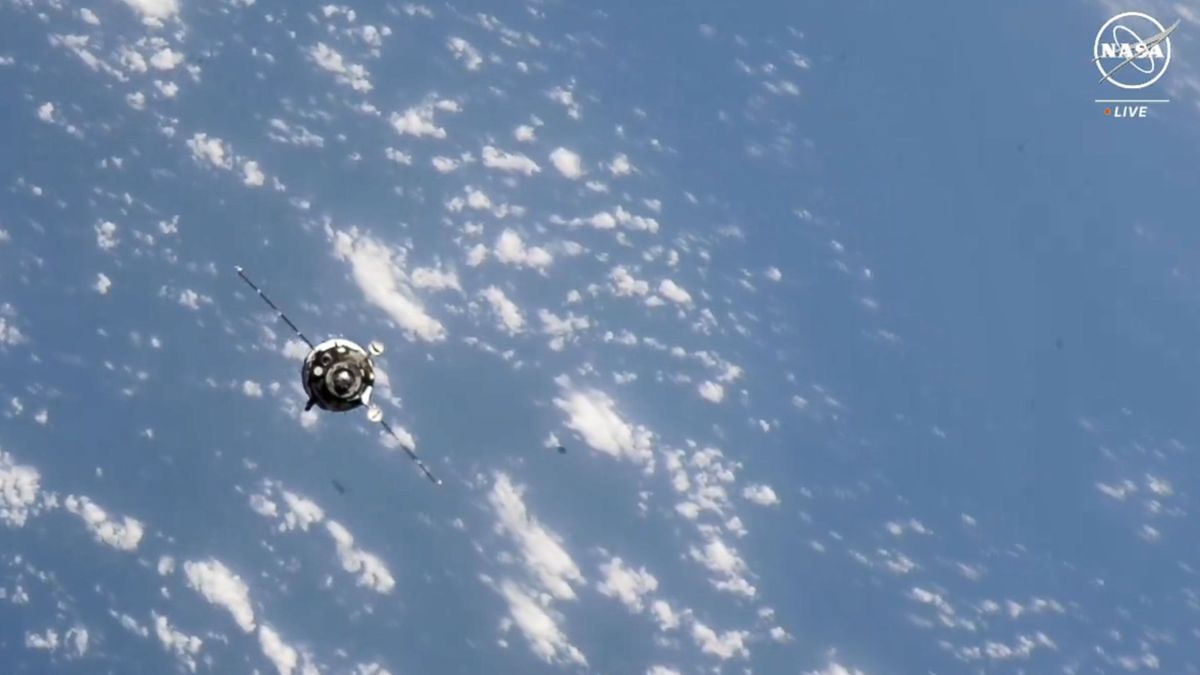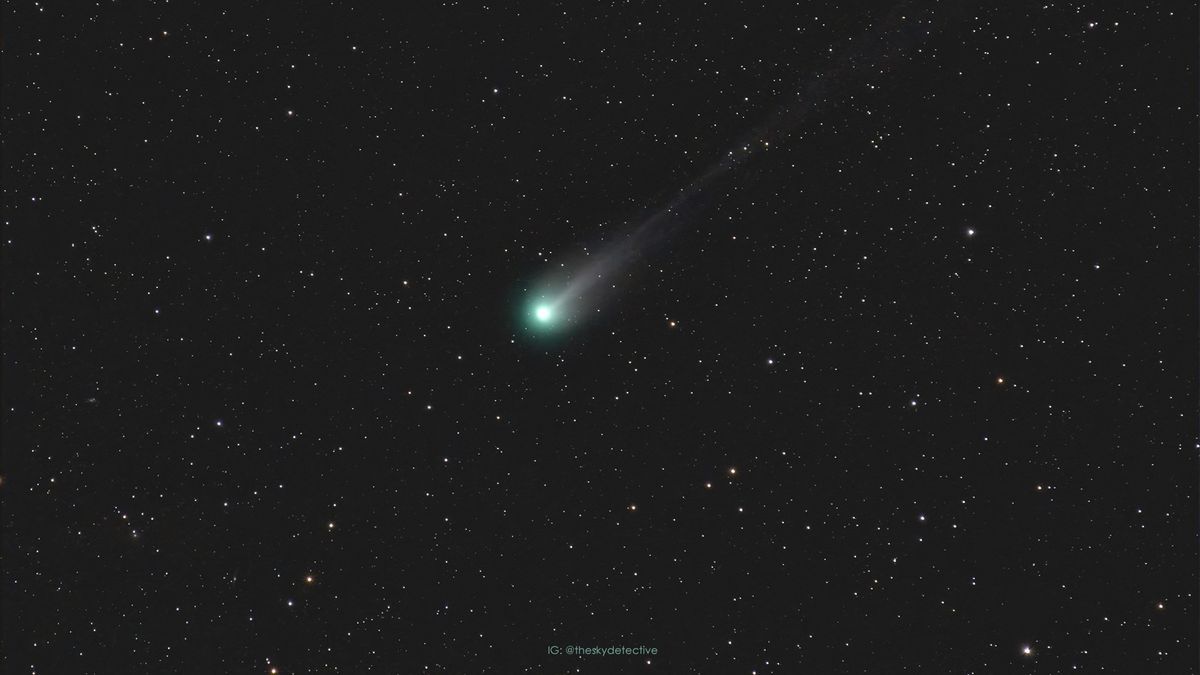Revised Content
Primordial black holes are currently under scrutiny as potential candidates for dark matter, challenging the long-standing belief that their rapid evaporation would make them unlikely suspects. These tiny black holes, formed immediately following the birth of the universe, have recently garnered attention from researchers such as Valentin Thoss and Ana Fernandes Alexandre who have proposed a novel perspective on this matter.
Dark matter represents a significant enigma in the realm of physics, constituting around 85% of the cosmic matter while remaining imperceptible due to its lack of interaction with light. While traditional dark matter particles have been sought outside the confines of the Standard Model, the existence of primordial black holes offers a fresh outlook within established physics frameworks.
Origin and Nature of Primordial Black Holes
Thoss elucidates that primordial black holes emerged within the initial fractions of a second post-Big Bang, originating from denser regions of space in the early universe. These minuscule black holes proposed by Thoss and Fernandes Alexandre boast masses ranging from a few tons to a thousand tons, comparable to small asteroids rather than massive stellar black holes.
Unlike their larger counterparts, primordial black holes exhibit event horizons with minute proportions, signifying their diminutive structure. While the prevailing assumption hinted at their evaporative demise over time due to Hawking radiation, recent research posits a potential stabilization mechanism that could preserve these black holes.
Implications as Dark Matter Constituents
The ability of primordial black holes to persist in the present universe rekindles their relevance as prospective dark matter components. Their enigmatic character, characterized by feeble interactions with light, mirrors the elusive qualities attributed to dark matter, rendering them plausible candidates.
Thoss underscores the intrinsic collisionless nature of dark matter particles, aligning with the behavior anticipated from primordial black holes if their masses remain sufficiently low. These minute black holes, through potential clustering, might engender gravitational effects pivotal in maintaining galactic structures, an intriguing proposition in the quest to decipher dark matter mysteries.
While the detection of primordial black holes poses a formidable challenge owing to their subtle gravitational impact and evasive nature, Thoss and Fernandes Alexandre remain steadfast in their quest to explore this theoretical realm. The uncharted territory where particle physics intersects cosmology beckons, accentuating the need for concerted efforts to unravel the enigma shrouding dark matter.
Image/Photo credit: source url





